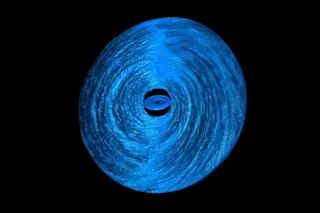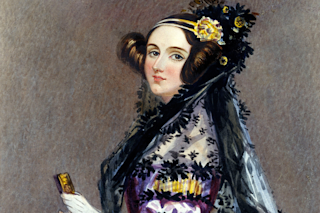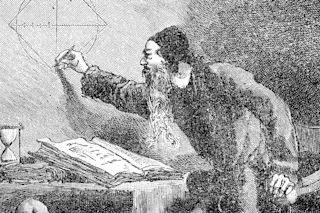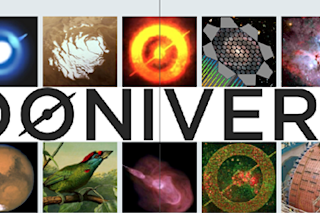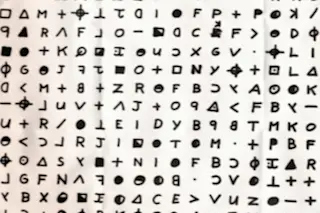Back in 1970, the mathematician John Conway created a game with no players that evolves entirely from its initial state. The game is set in a kind of computational universe called a cellular automaton. This universe consists of an infinite grid of squares that can be alive or dead and that, at each time step, can flip from one state to the other according to the states of the squares around it.
This cellular automaton has since become known as Conway’s Game of Life and famous for the extraordinary complexity that emerges within it. This computational universe is home to beacons that flash, pulsars that beat time and “gliders” and “spaceships” that fly across the computational sky. Computer scientists have shown that this world can house computers in the form of universal Turing machines and replicators that can produce exact copies of themselves.
Indeed, nobody is quite sure where the ...




